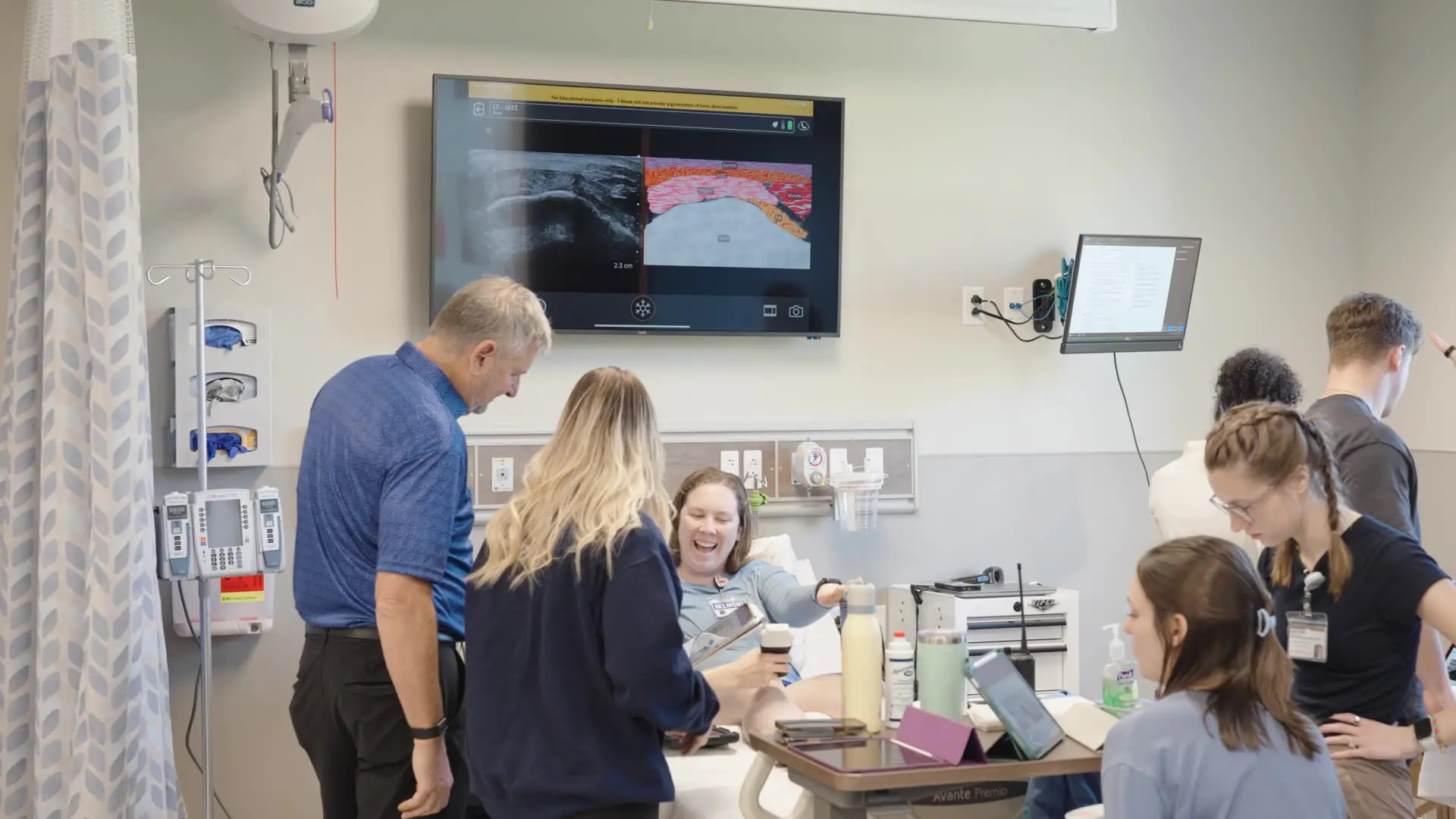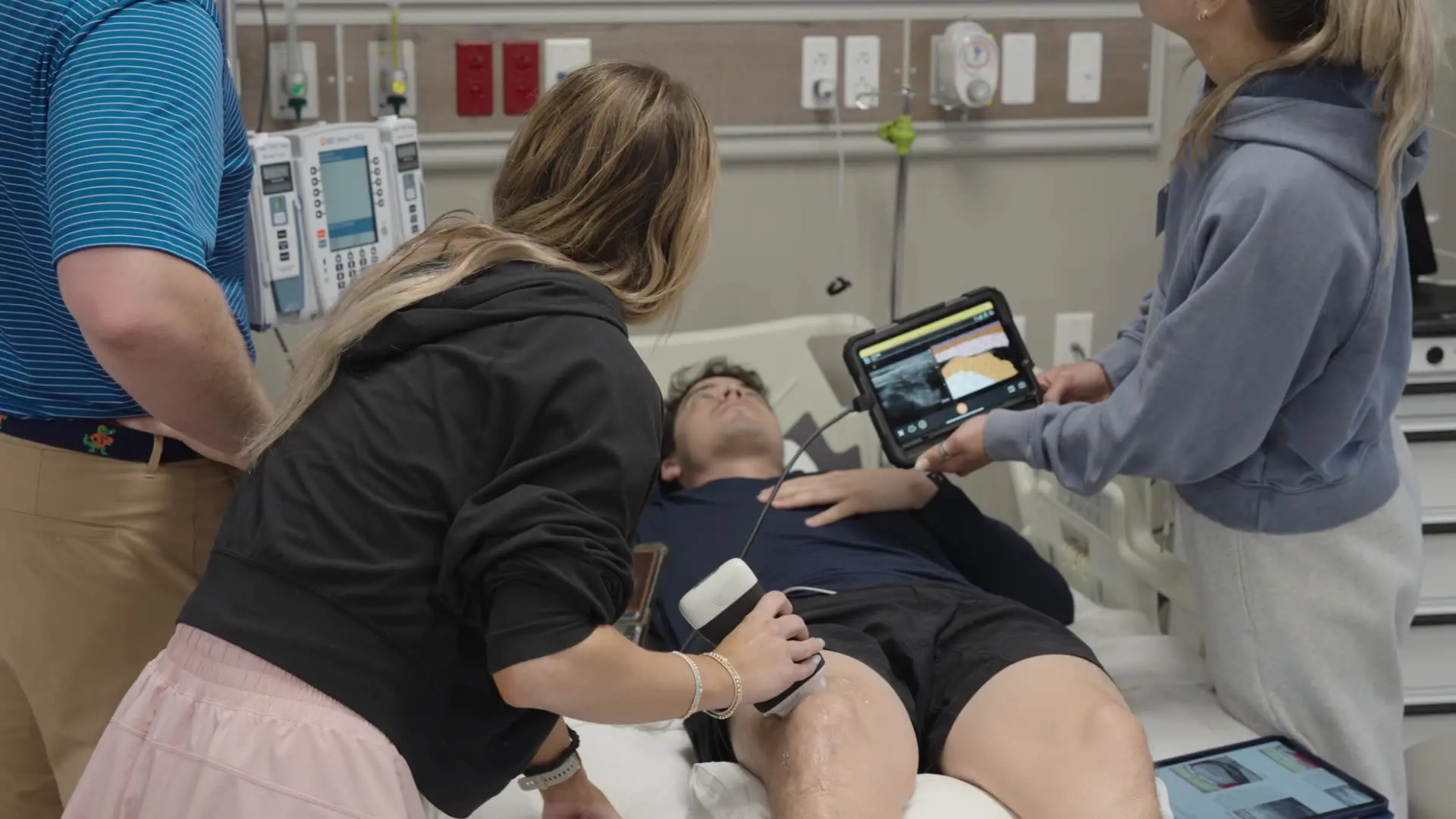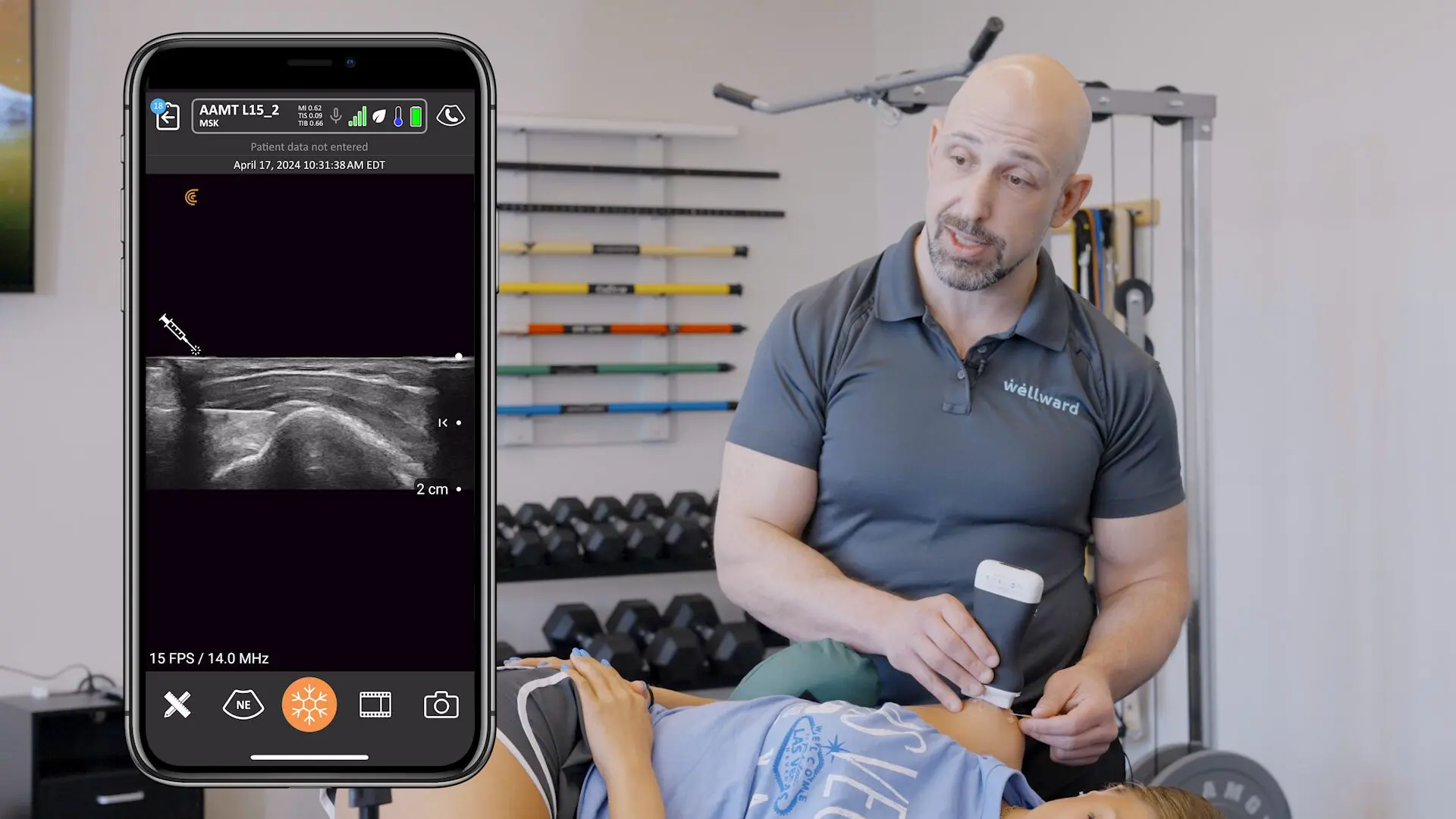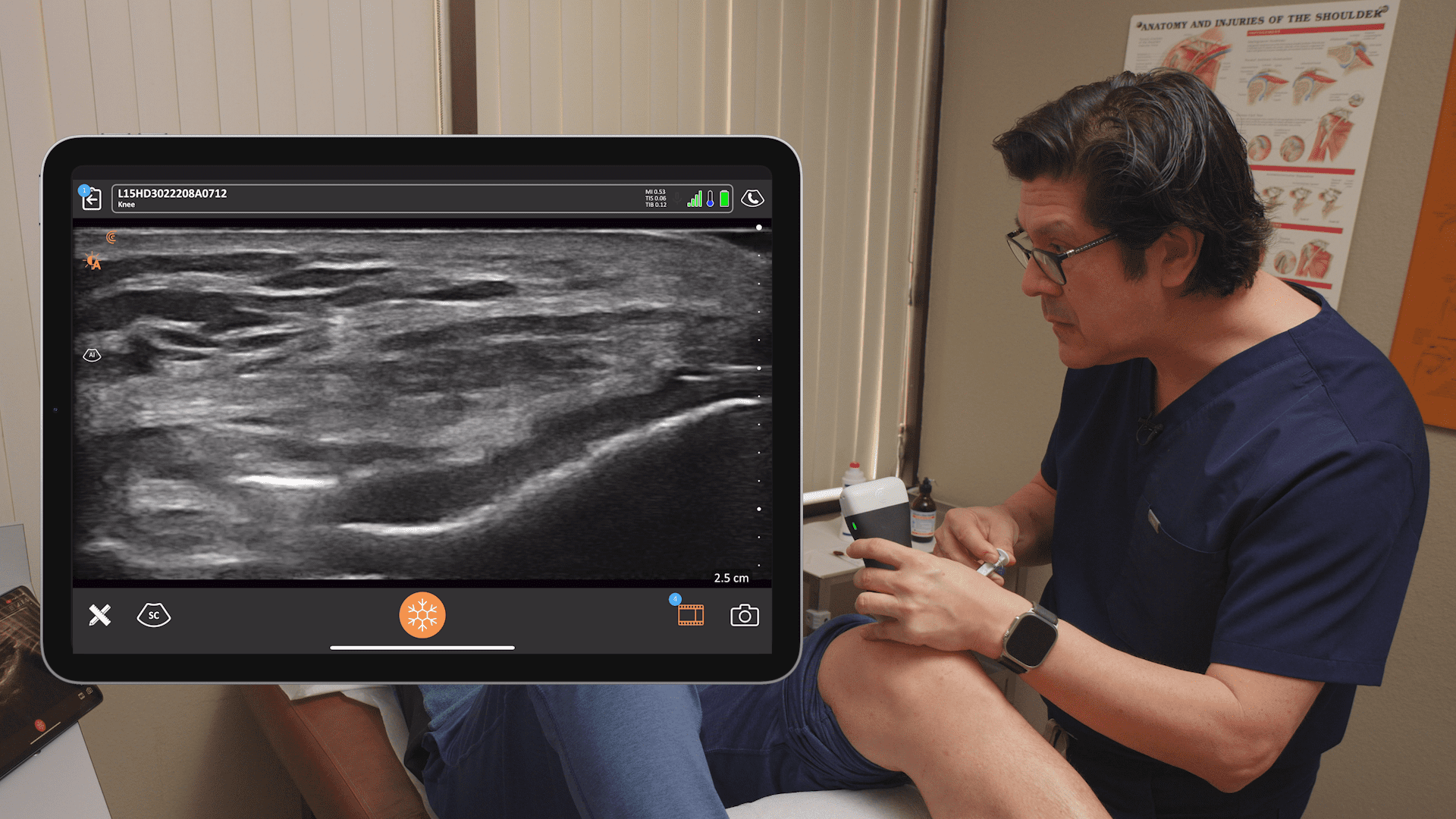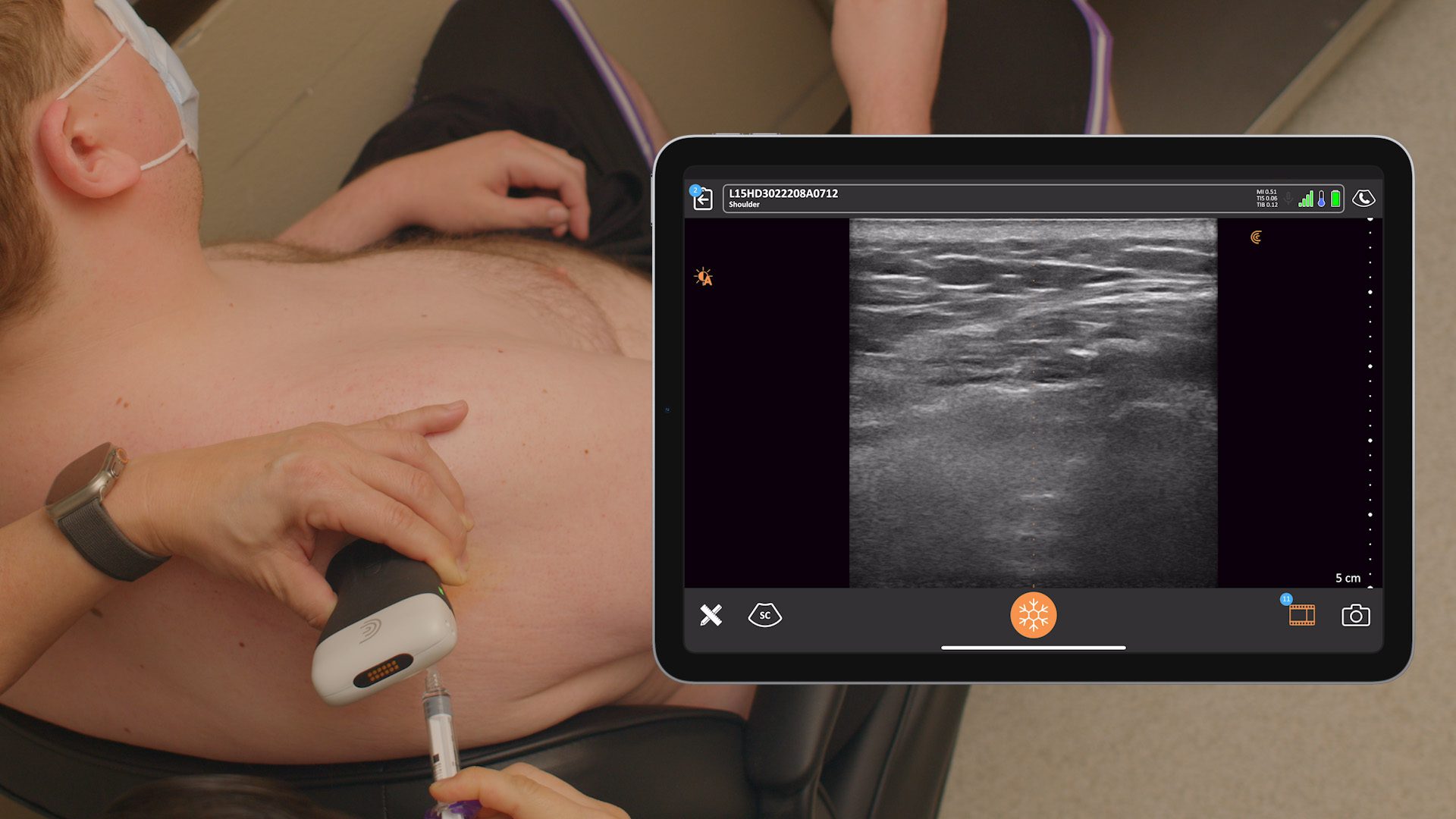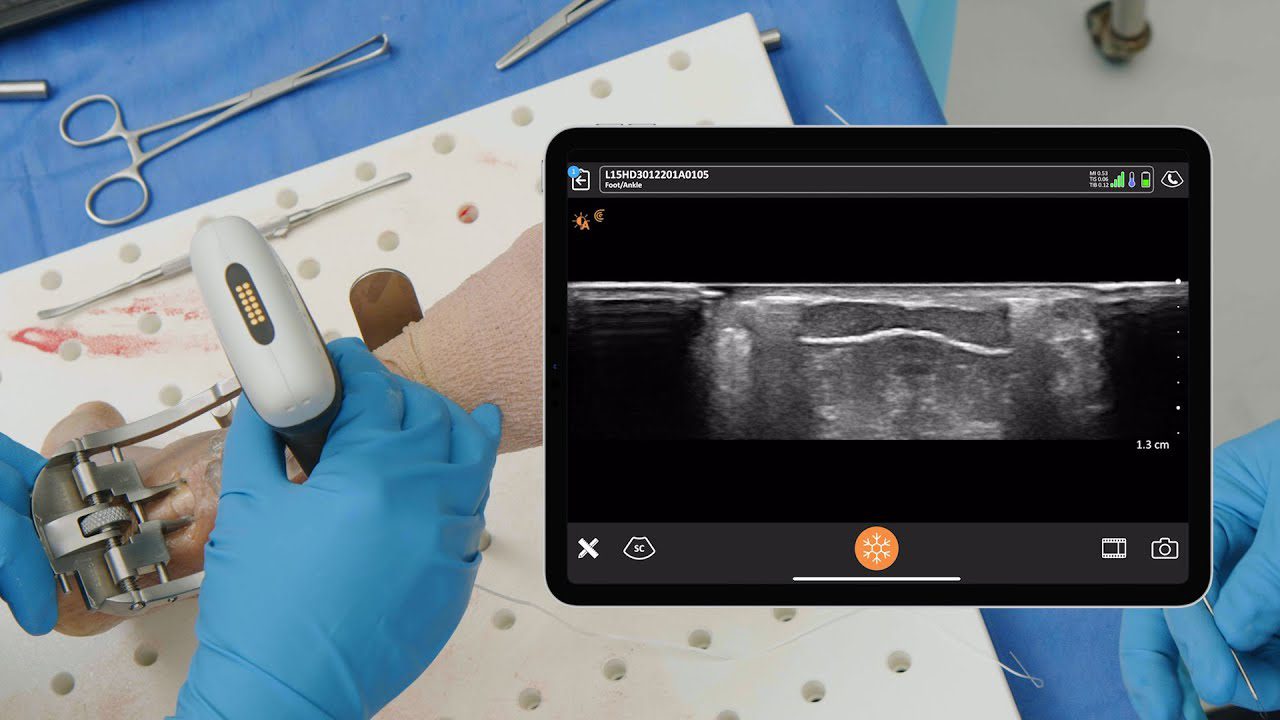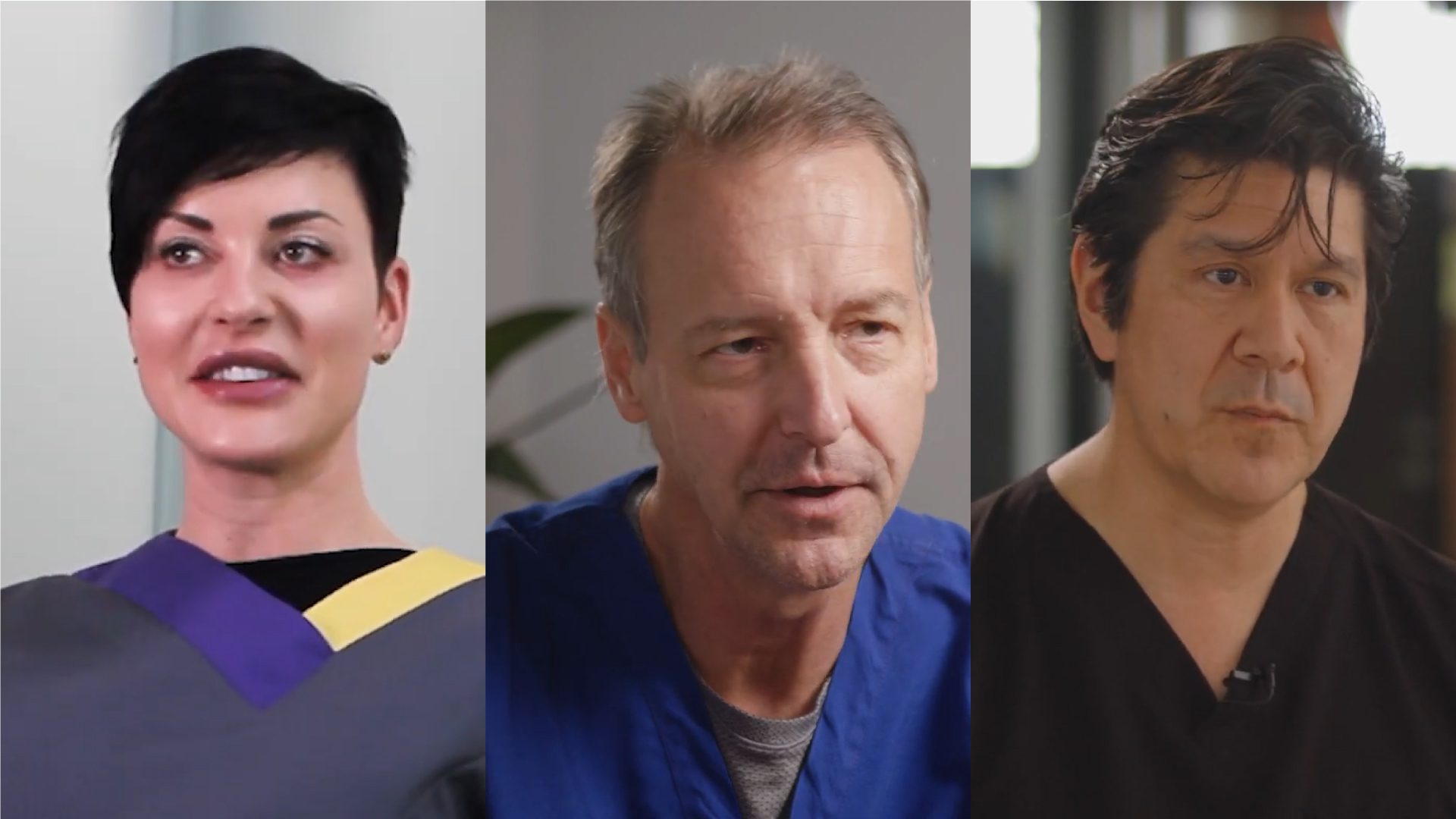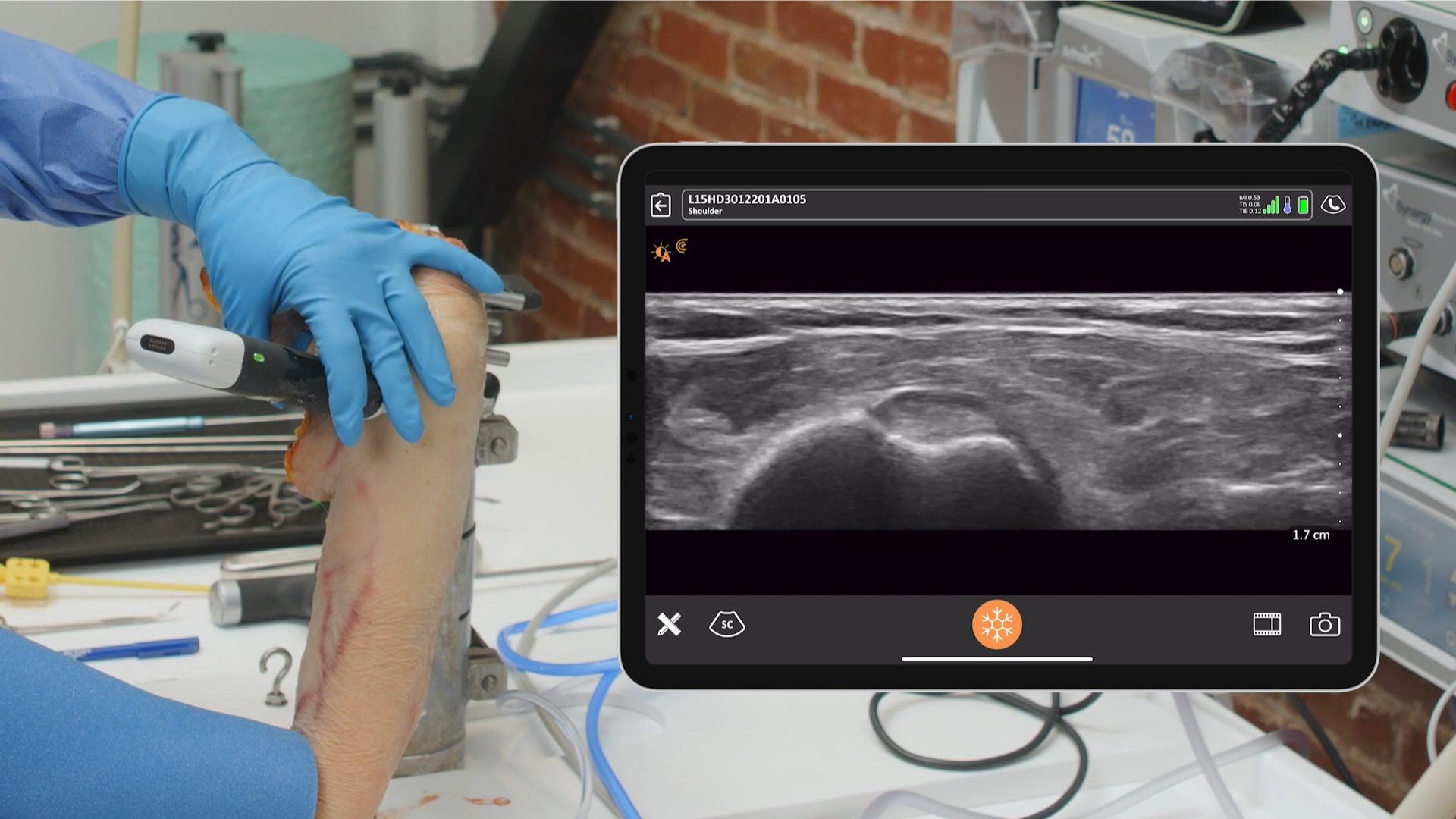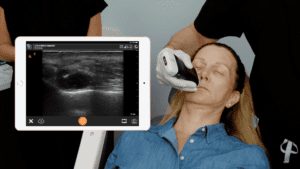Prior to bringing the new Clarius HD3 to market, we sent the first scanners off our production line to a select group of experienced Clarius users for early feedback. One of our trusted testers is Dr. Alan Hirahara, MD, FRCSC, a renowned orthopedic surgeon who has been a Clarius clinical advisor since 2016. We were delighted to hear his ringing endorsement.
It really is a fantastic unit. I mean, I’ve got to say, I am very impressed. And, I was already blown away by version two. The version three is remarkably smaller, lighter, more ergonomic, and much more balanced.”
Watch our 3-minute video interview with Dr. Hirahara or read his Q&A article to learn what he has to say about his experience with the third-generation Clarius HD handheld ultrasound system.
What do you think about the new Clarius HD3?
With this more ergonomic, balanced unit, I find it’s much easier to hold it in place, especially while doing procedures. So, when I need to make sure that I look away and look back and I have the same exact spot, I’ve almost guaranteed I haven’t moved a bit at all. And so, it makes it more reliable for me to do the procedures.
What I was most blown away by was the new color Doppler feature. Even though color Doppler is a standard feature in almost all ultrasounds, it’s not always reliable. I found this new unit to be extremely perfect on the Doppler just out of the package. I was able to identify the vascular structures and not have a lot of noise on the areas peripherally.”
How does Clarius compare to a traditional probe?
I would say that the new Clarius HD3 is almost like a traditional cart-based probe without the wire and the cart. It’s almost the same size, honestly. It’s not a big difference. In fact, when I take a look at it, I put it up against my iPhone, they are the same size, literally. And if you put it behind the iPhone, you literally can’t see it. The ergonomics and the size are ideal. I’m not honestly sure how much smaller you’re going to get it, but right now it’s as perfect as I could actually ask it to be.”
Clarius is the first ultrasound company to design a third-generation scanner that’s wireless. Is the wireless form factor beneficial to your practice?
The wireless is phenomenal and I cannot emphasize how important that is to me. Using it in surgery, having a unit that I don’t have to have tethered by a cord onto the monitor is critical because a cord could easily contaminate my field. And then having the laptop or monitor so close to my surgical field is a problem. I’ve had situations where I didn’t have a place to put it and the nurse had to hold the unit up close to the bedside so I could actually use it during surgery.
Besides surgery, having a wireless ultrasound is also important when I’m on the field. Likewise, in my clinic, being able to move the iPad around to anywhere, even to put it on a wall or stream it up onto a TV, it’s phenomenal. It makes it so much easier in terms of ergonomics, in terms of usage.”
Some people are concerned about relying on a wireless connection. Has the connection been reliable for you?
The Clarius wireless performance is phenomenal. When we measured it, on average it takes between 10 and 13 seconds to connect, that’s it. That’s a negligible connection speed. Because if you turn on a clamshell laptop style, it takes time to turn on and boot up anyways. So, a 13-second connection for me is nothing. And in terms of reliability, in terms of being able to have a stable connection, number one, there is no lag, really. And if you have a lag, it’s probably your device, not the connection. Because with my iPad, with my Apple iPhone, there’s no lag. In addition to the actual quality of the image you’re getting wirelessly, it’s on par with any corded device I have.”
Did you notice improvements with the image quality with this third-generation system?
The image quality of the new HD3 is actually pretty amazing. The image itself is definitely an upgrade and improved quality and the resolution is better. But as I’ve stated earlier, the Doppler function blew me away about how good it was about how sensitive it was – I’m able to see the vessels with very little chatter, with very little peripheral kind of artifacts.”
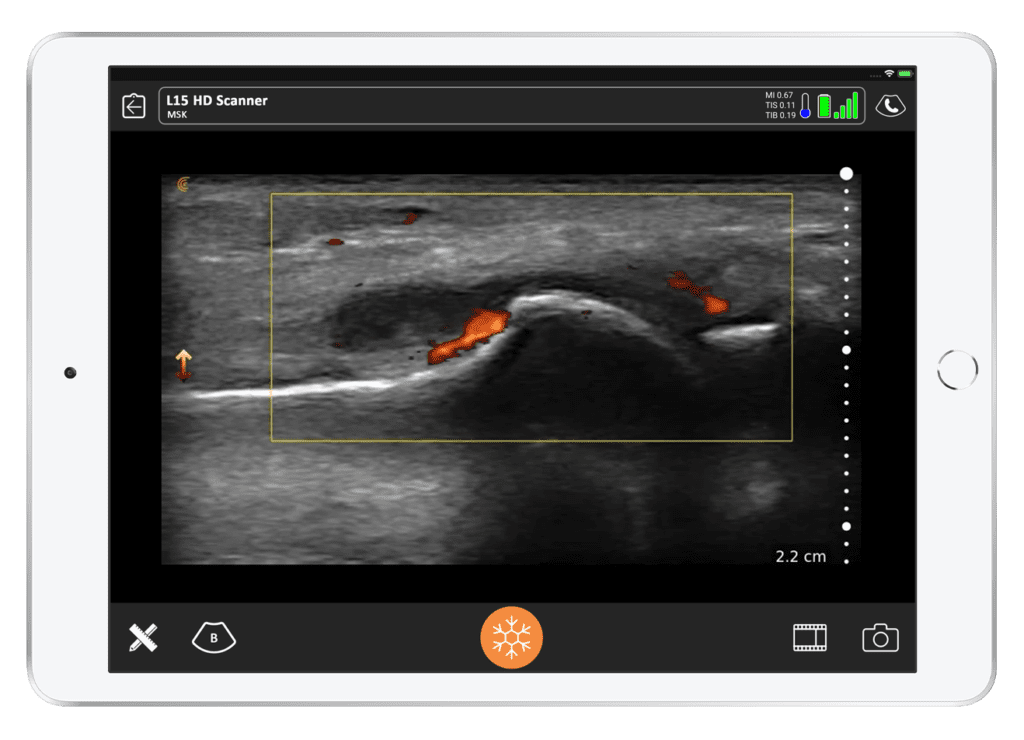
About Dr. Hirahara
Dr. Alan Hirahara is an orthopedic surgeon from Sacramento, California. He has been in private practice for 20 years and is the team physician for California State University of Sacramento, as well as the Sacramento River Cats, which is a Triple-A affiliate to the Sacramento Giants. He is a specialist in sports medicine, in shoulder and knee arthroscopy, and a specialist in ultrasound and orthobiologics.
Watch the New Clarius HD3 at Work
Watch this 3-minute Clarius Classroom video to see how Dr. Hirahara uses ultrasound to guide treatment in his patient with degenerative joint disease. He locates an effusion, then performs an injection of hyaluronic acid into the effusion to provide lubricant and pain relief to the knee.
We thank Dr. Hirahara for taking time from his busy practice to record some brief educational videos with his new Clarius L15 HD3. Visit Clarius Classroom to see more MSK ultrasound scanning videos.
Clarius Wireless Ultrasound for Procedure Guidance
If you’re interested in joining our growing community of users, please visit our wireless ultrasound for pain management page to learn more about which Clarius scanner is right for your practice. Or contact us today to book a demo with one of our ultrasound experts.
